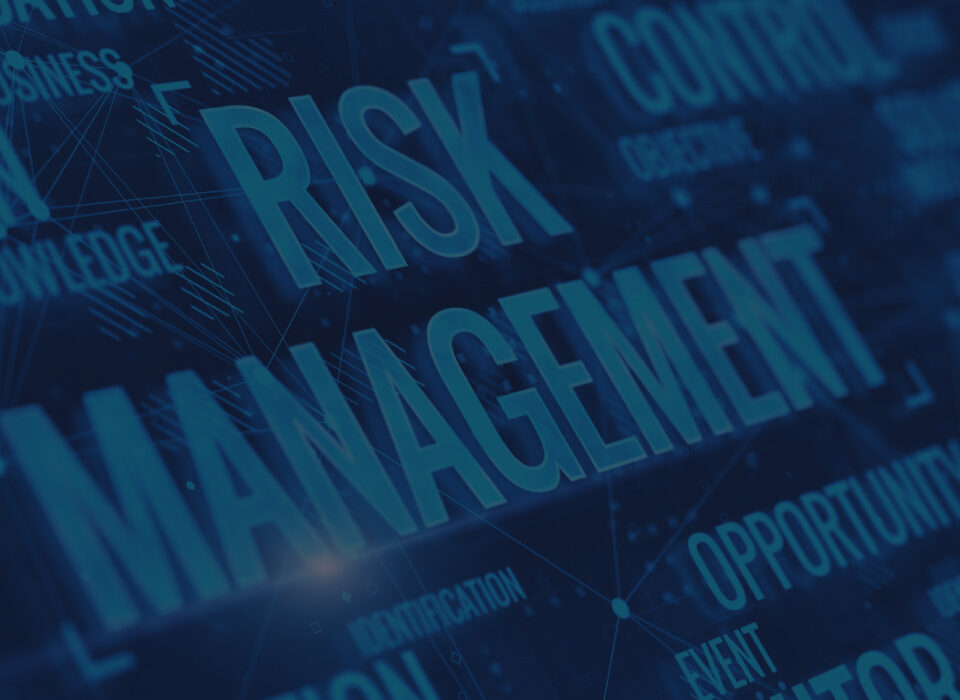
What is Risk Management? Insights Into Its Key Aspects
January 26, 2021
6 Types of Supply Chain Risk Management
February 9, 2021Supply chain risk management is critical to the success of an organization in events such as natural disasters, logistics disruptions, technical issues, workplace disputes, and others.
The objective of risk management is to detect potential risks and provide a concrete mitigation strategy if risks occur. Before finding the answer to “How to control risk management for supply chain,” here is what we need to know about the concept of supply chain risk management and its various aspects.
Learning about Supply Chain Risk Management
All major manufacturing organizations have complex and interconnected supply chains that are managed partly internally and partly outsourced to contract manufacturers and third-party logistic (3PL) networks that operate on a domestic or international basis. A 3PL company can provide shorter production cycles, advanced technologies, specific process know-how, and much more. However, with an expanding network and increased interdependence on a global scale, comes a lack of visibility and transparency on risk factors and the faltering of one node in the supply network can disrupt the entire flow of products to the customers.
Some of the risk factors are a raw material shortage, breakdown of manufacturing plants due to natural disasters or accidents, strikes, or lack of communication within the supply chain. A robust supply chain risk management can help you take on these risks and manage your supply chain seamlessly to achieve business objectives.
How to Control Risk Management for Supply Chain
Before delving into “How to control risk management,” we first need to discuss known and unknown risks.
Known Risks
It is possible to identify, measure, and manage known risks over time. For example, if a supplier faces bankruptcy, it may lead to disruption in supply, which is a known risk. You can estimate the likelihood of the supplier becoming bankrupt considering the supplier’s financial history.
Besides, you can also quantify the impact of the supplier’s bankruptcy on your company’s supply chain by taking into account the products and markets this event may disrupt. Even new risks like cybersecurity weaknesses in the supply chain are also quantifiable through analysis and IT systems.
Unknown Risks
Unknown risks are by definition quite difficult or impossible to predict. For example, unexpected events like the Covid-19 pandemic or some other kind of disaster may severely cut-off or disrupt the supply chain. While it is generally accepted that these scenarios may and will happen eventually, it is not possible to predict when.
The only way to control unknown risks is by building resilience and redundancy, and improving the responsiveness when they happen. This approach will prove to be critical when it comes to sustaining a competitive advantage. Developing a robust defense, coupled with a risk-aware culture can give your organization this advantage.

Managing Known Risks
You can implement structured problem-solving and digital tools to manage known risks through a four-step process:
Step 1: Detecting and documenting risks
An effective way to identify risks is to map them and evaluate the value chains of the major products. The next step is to assess each key component of the supply chain, such as plants, suppliers, warehouses, and logistics routes.
Subsequently, you need to document the risks on a risk register and track them thoroughly on an ongoing basis. In the parts of the supply chain where no data is available, further examination and documentation are required.
Step 2: Developing a strong framework for supply chain risk management
After documenting the potential risks, you need to develop an integrated risk management framework, which will include the following:
- Impact of the risk on your organization if they become a reality.
- The possibility of the risk occurrence.
- Your organization’s readiness to deal with those specific risks.
Subsequently, place tolerance thresholds on the risk factors considering your organization’s risk appetite.
Step 3: Monitor risk
After setting up a risk management framework, constant monitoring will be critical in detecting more risks that may disrupt the supply chain of your organization. The arrival of the latest digital tools makes it possible for even a complex supply chain to identify and track risk signals.
Besides, it is also crucial to have an early alert system to track the major risks to increase the chances of mitigation or save from the impact of risk occurrence.
Step 4: Periodical review
In the final step, you need to set up a process to periodically review supply chain risks and determine an action plan to mitigate them.
An effective supply chain risk management comprises line managers, who also act as risk owners, work on identifying and mitigating risks. Besides, setting up a risk board will also help improve the agility and resilience of the supply chain based on its recommendations. It could be revamping the supply network or reducing lead times.
Managing unknown risks
Mitigation is the only way to deal with unknown risks. Here are ways to control those risks.
Developing a risk-conscious culture
Developing a risk-conscious culture will help your organization to have a strong defensive shield against unknown risks. It will also enable the risk management process to respond faster when unknown risks surface and threaten to suspend operations.
Transparency
Your organization should be able to define and communicate its risk tolerance. A transparent system will allow the organization’s people and its culture to detect the warning signs of both internal and external risks.
Embed Resilience in your supply chain.
You can build a supply chain that is much more resilient by placing stock buffers in strategically defined positions and adopting a robust sales and operation planning process to adapt the buffers based on agreed risks. This is the foundation of the Demand Driven Adaptive Enterprise.
Response to change
You need to empower your employees to observe and react quickly to external changes. It is possible to empower people by creating an environment of taking ownership, where they will feel responsible for the outcome of decisions and actions.
Closing Words
A supply chain will inevitably come with some inherent risks due to globalization factors. This is why your organization should have a robust risk management program in place for managing known as well as unknown risks. By implementing the mentioned approaches, your organization can improve its chances of minimizing supply chain disruptions and get the benefits of supply chain strategies.
ILearn how identifying known as well as unknown risks and designing a robust risk management strategy can streamline your supply chain. Do not miss our next webinar!






